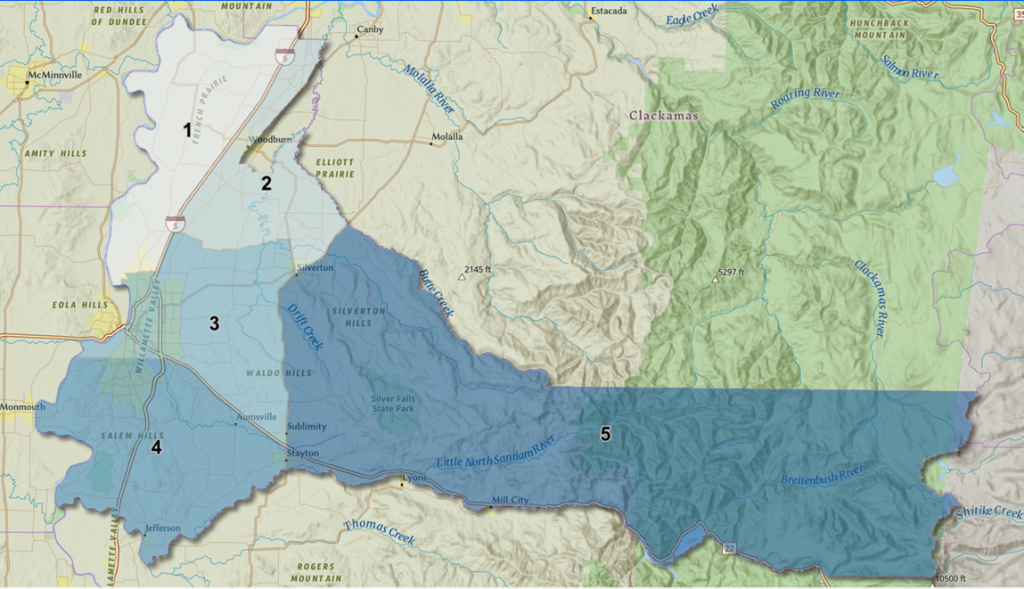Marion SWCD Zone Map
Zone and At-Large Directors

Darin Olson
My family and I own a 200 acre farm just south of Salem. I have been working with Marion Soil and Water Conservation District programs for many years. I have had the opportunity to do projects that I may not have been able to do without the help of SWCD programs. The program has helped my farm save thousands of gallons of water each year. In an area that is seeing a large amount of residential growth, water savings in an important issue that needs to be addressed by farmers and small land owners alike. Working on a large farm in Australia, I had the opportunity to see first hand what happens when there is a water shortage and worked hard to conserve water through different irrigation techniques. I would like to continue working to conserve water in this area to keep water our precious resource available for everyone. By working with residents, public and private agencies and local governments I believe we can save water while still meeting the needs of everyone in the area.
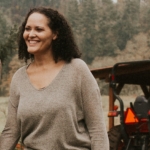
Angela Plowhead
Oregon became my home more than 20 years ago when I moved here with my husband who is a native Oregonian. As an outdoorsmen and hunter the importance of preserving Oregon’s natural resources have always been important to me, but becoming a small land owner several years ago in an area that struggles with well water quality impressed upon me how critical water quality can be even in a place where water seems so abundant.
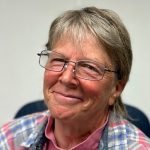
Peggy Hart
During my studies at Cal Poly State University I came to realize two things: that rural communities and the ag sector deserve greater respect for their inherited cultures and skills; and that effective environmental protection depends upon the dedication of farmers and ranchers. They are, after all, caring for most of the land.
Joining the Marion SWCD Board is for me a privilege, to be where the rubber meets the road, where the cities’ urgent desire for good land stewardship can be met, with good technical advice and the public’s financial support. The District’s projects therefore can nurture mutual respect and understanding along with supporting environmental soil and water conservation.
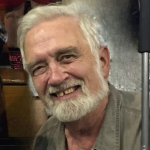
Scott Walker
Born to a family of farmers that settled in Iowa in 1840, I am the son of a University of Idaho Agriculture professor. With a BA in Social Science and an MS in Biostatistics, my career before retirement was evaluating and budgeting state government programs in the Midwest. After an extensive search, my wife and I decided to move to Oregon for our retirement years. In retirement, I have participated in many volunteer activities including elective office in city government and at Marion Soil and Water Conservation District.
As a Director on the Marion Soil and Soil Conservation District, my philosophy of decision making is similar to that which guided me during my career. Is the problem we are trying to solve real, important and within the mission of the district? Is the proposed solution cost effective and have a meaningful impact on the problem?
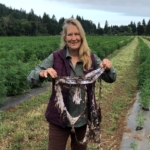
Rochelle Koch
Our family returned to Oregon after more than twenty years of organic farming in California. We chose the name Whole Circle Farms because we believe that everything is connected: from the microbes in the soil to the purity of the water, the clean air, and the feeding patterns of the insects. We tend to each part of that circle to create something even more extraordinary than the sum of its parts. Our high standard of farming has allowed us to become one of a handful of hemp farms with organic certifications through Certified Kind, USDA, and Oregon Tilth.

Nik Ovchinnikov
Welcome Nik! Bio coming soon!
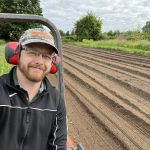
Noah Justice is a local hazelnut farmer and longtime member of the Willamette Valley community. With a unique blend of management, business, and operations experience—paired with a deep commitment to stewarding local resources. – he is dedicated to ensuring that the SWCD strikes the right balance between practicality and long-term sustainability to serve the interests of all who live and work in this beautiful region.
Associate Directors
Associate Directors do not vote on board decisions. However, they can augment the board’s knowledge and experience level as well as assist with programs and activities. Anyone can apply to serve as an associate director at any time. If you are interested in becoming an associate director, you must attend 3 board meetings.
A conservation district’s capabilities are expanded by Associate Directors. Associate Directors are appointed by the Board. Although Associate Directors do not vote on board decisions, they add value to Board decisions by sharing their knowledge and experience. Associates can also help with District committees and report back information gathered while attending the meetings of our many community partners. An Associate Director serves until January 1 in odd numbered years. Every two years, the District Board re-appoints those associate directors who are interested in continuing and who have contributed sufficiently to the district’s conservation efforts.
Associate Director Profiles
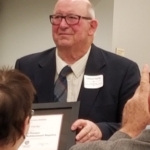
Leland “Lee” Hardy
After ending a career as a nationally recognized irrigation engineer for the USDA SCS (currently NRCS) he joined Marion SWCD and has just finished serving his first 25 years as an Associate Director. He assists staff with landowner site visits as well as provides engineered plans. He has trained several new generations of conservationists in basic engineering and plain old common sense. He serves on the technical review committee for grant applications to award funding to technically sound practices related to water quantity, water quality, soil erosion, wetlands, and native and invasive species. He was recently named to OSU’s Diamond Pioneer Agricultural Career Achievement Registry.
Contact Us
If you would like to learn more about the Board of Directors or have interest in serving as a Director, reach out to the District Manager.


